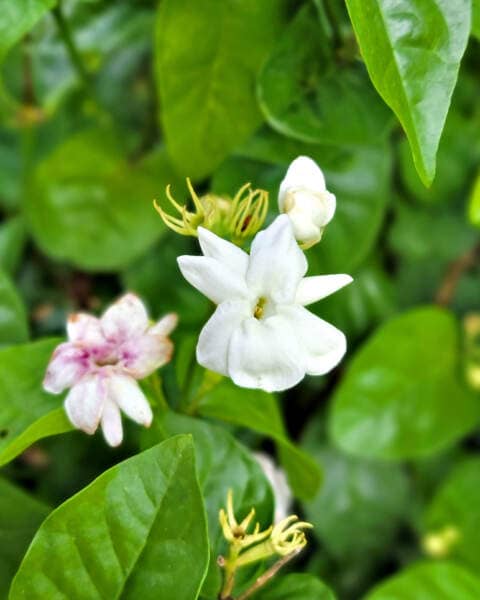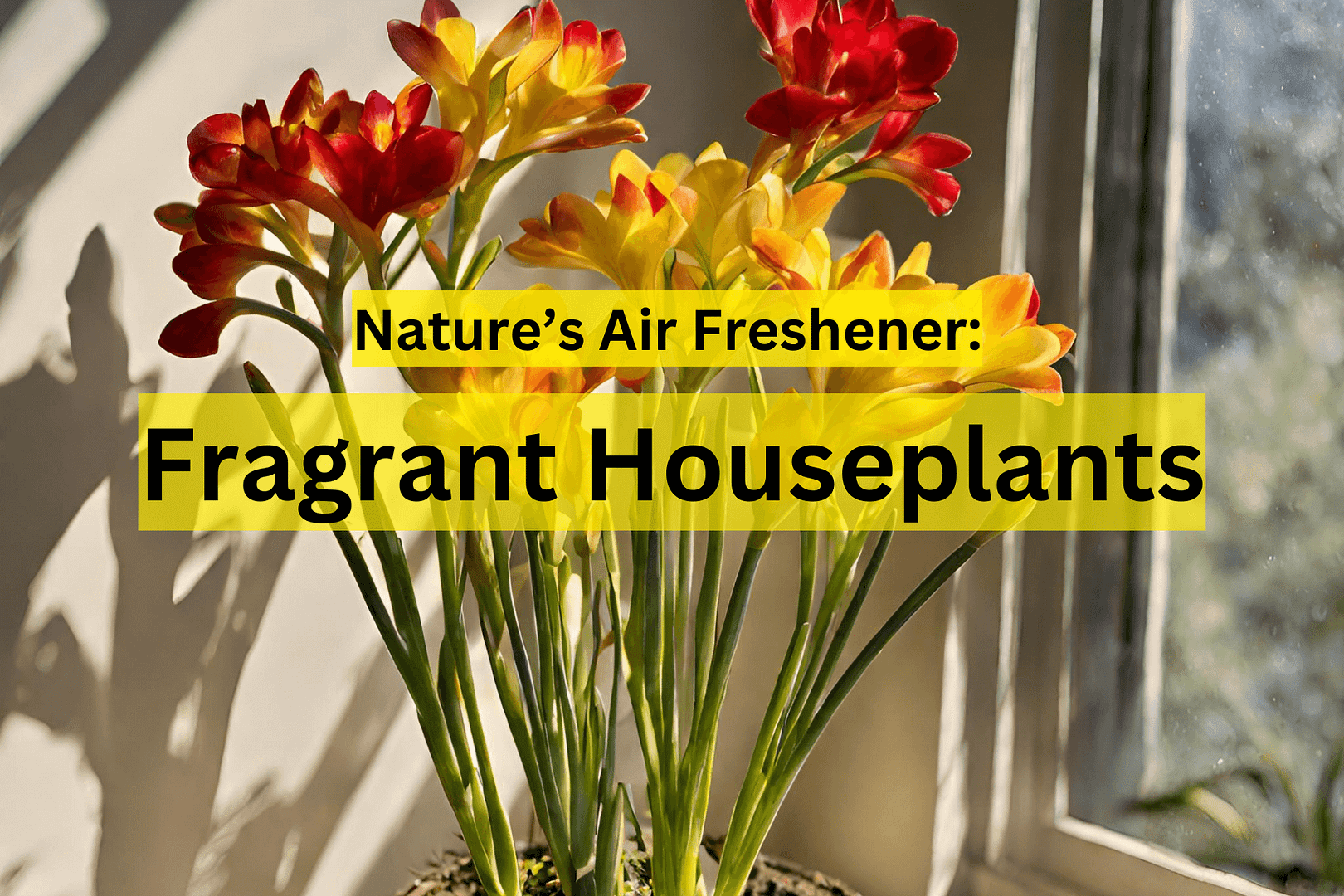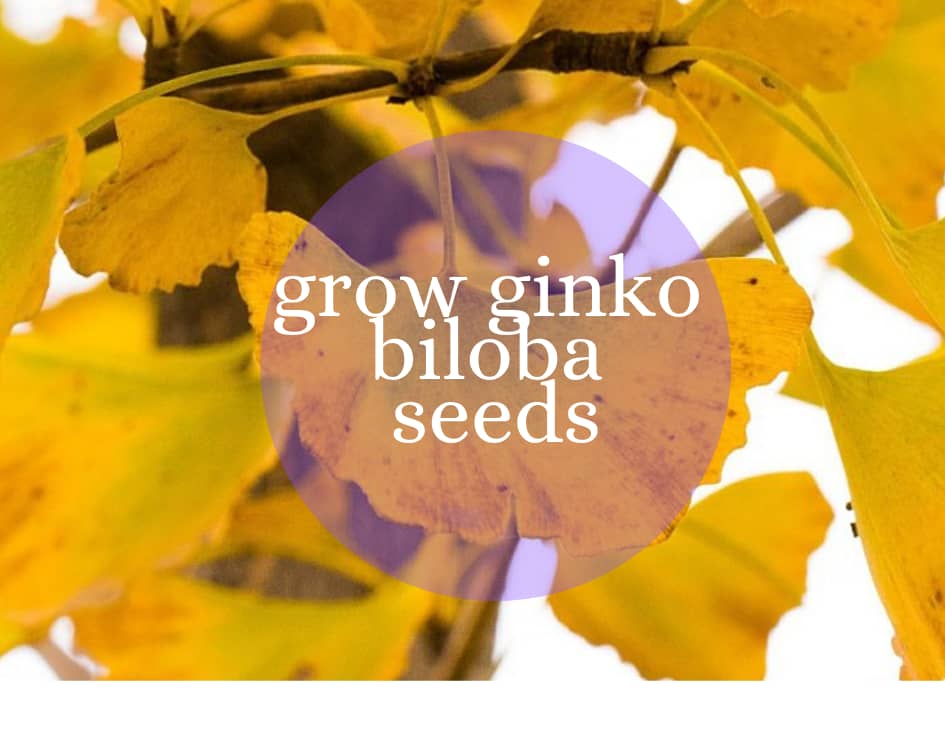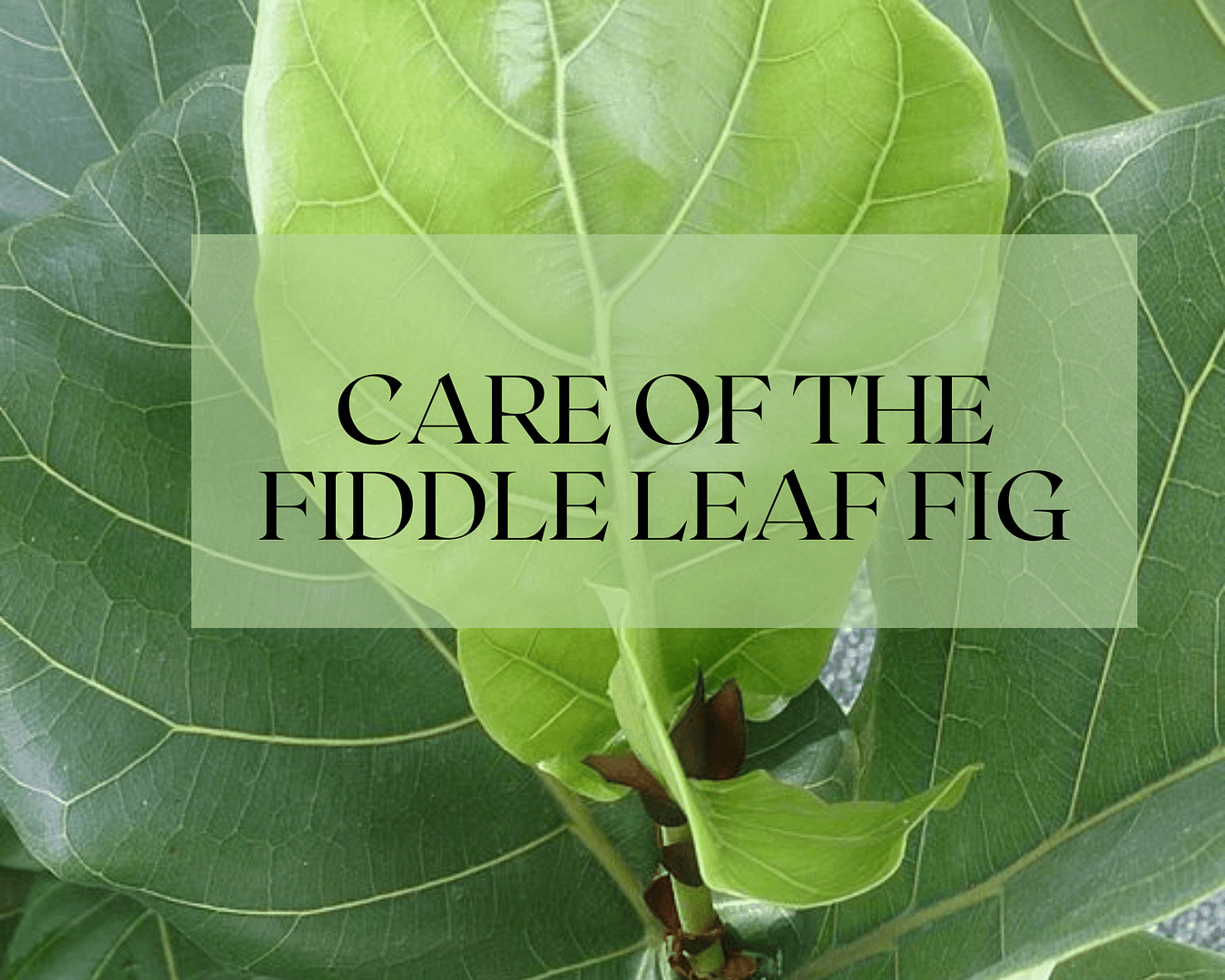This post may contain affiliate links. As an Amazon Associate we earn from qualifying purchases.
Forget the wax melts and scented candles. Today you’ll learn about 5 fragrant houseplants.
Houses get kind of stinky in the winter. They’re buckled up tight, the fireplace is working it’s hiney off, cooking smells often have no way to escape to the outdoors and if you have kids and pets, bless your heart.
No kids at my home, but I do have six dogs and a cat (that litter box. . .don’t get me started!). My house must smell like a kennel to those who haven’t grown immune to it.
I think I’ve tried every single room freshening spray, wax melt and fragrance oil on the market. Every scented spray, powder and candle. But the cooking-dog-cat-fireplace stench remains and spring can’t come soon enough.
Then, it hit me. I’m a Gardenologist. There are tons of fragrant plants out there and I’d yet to try that remedy. Until last winter, that is. The difference it made in air quality (aka “stinkyness”) was amazing.
So, that’s what we’re going to discuss today: How to use houseplants to perfume the stuffy air in a winter home.

Grow Jasmine Indoors
There are many types of jasmine but one that can’t be beat for fragrance is Arabian jasmine, Jasminum sambac, or pikake in Hawai’i.
This one blooms year-round with amazingly fragrant white flowers. Although there are lots of cultivars from which to choose, three are real standouts:
- Grand Duke of Tuscany (largest flowers of the sambac cultivars),
- Supreme Grand Duke, aka Grand Duke Supreme (double flowers)
- Belle of India (amazing fragrance and grows as an upright vine)
Arabian jasmine is a tropical plant through and through, so keep this in mind when growing it indoors.
When choosing a location for the plant, ensure that it won’t be subjected to cold drafts (such as near a door to the exterior of the home).
Good soil is important as well. We add lots of chunky stuff to our potting mix to help it drain better. Adequate drainage is critical for Arabian jasmine since “… waterlogging kills almost all species of Jasminum,” according to Kenneth W. Leonhardt and Glenn I. Teves, Department of Tropical Plant and Soil Sciences, University of Hawai’i at Manoa.
Here are some additional tips to help you succeed with a jasmine houseplant:
- Test the soil’s pH to ensure it is between 6.0 and 6.5.
- Keep the room temperature as warm as possible for maximum bloom. “One night of temperatures in the low ‘60s (15–17°C) can shut down flowering for 1–2 weeks,” according to Leonhardt and Teves.
- Along with warmth, the plant requires as much sunshine as you can provide, so put it near your sunniest window.
- Consider purchasing a small humidifier to provide your jasmine with moist air.
- Let the soil dry out somewhat between waterings, then soak it well.
Jasmine is non-toxic for pets, according to the ASPCA
Finally, do read our post on How to Grow the Arabian Jasmine Plant

Sage Makes a Room Smell so Good!
Have you ever tried to describe the smell of sage (Salvia officinalis)?
I sat down and put my fingers to the keyboard a few minutes ago and my brain hit a brick wall. How do we describe the fragrance of this herb? I liken it to Thanksgiving since it is a main ingredient in stuffing and, quite often the turkey itself.
A google search turned up the following terms to describe it:
- Earthy
- Aromatic
- Woody
- Spicy
If any of these sound like something you’re after, let’s learn how to grow sage indoors.
Of course you can purchase a sage plant at just about any nursery. If you’d rather start it from seed, it’s an easy project.
What you’ll use for a seed starting container depends on how many plants you want to grow. If it’s just one, use a small planting pot. If it’s more than one, consider using a seeding tray.
Fill the container with moist, sterile seed starting mix. Scatter a few seeds across the surface of the mix and then sprinkle a very light layer of the mix over them. Lightly press the soil to ensure that the seeds make contact with it.
Place the container in an area that gets sunlight and remains around 70 degrees Fahrenheit during the daytime.
Use a misting bottle to ensure that the soil remains slightly moist.
The seeds should germinate in about two weeks. Wait until the seedlings have three sets of leaves to thin them (remove the weakest sprouts).
Transplant the stronger sprouts into an 8-inch pot filled with moist potting soil.
Place the seedlings near a south-facing window to provide it with as much sunlight as possible, or use a grow light.
According to the ASPCA, common sage (Salvia officinalis) is non-toxic to pets.

Grow a Bay Laurel Tree Indoors
Not all fragrant plants have flowers. A perfect example of this is the bay laurel tree (Laurus nobilis). In fact, the folks at FastGrowingTrees.com say that the bay laurel tree is a Mediterranean plant that smells as good as it looks.
It thrives when grown in a pot and you’ll have a non-stop supply of aromatic leaves to use in cooking.
Treat your bay laurel tree as if it’s back in the Mediterranean. Plenty of sunlight (at least 4 hours but more is better), dry-ish soil and a spring application of a 3-1-2 fertilizer.
Pet experts with the ASPCA claim that bay laurel (Laurus nobilis) leaves and flowers are toxic to dogs and cats.
Grow Freesia in Containers Indoors
Growing up on a tropical island, I thought nowhere else on earth could flowers smell so good.
I was wrong. When I moved away from home I was introduced to freesia, one of the sweetest, aromatic flowers I’ve ever had the pleasure of sticking my nose into.
The first thing to know about freesia is that it forms a taproot. When choosing a pot for it, pick a tallish one.
The freesia plant grows from corms that should be planted with the pointed end up, 1-2 inches deep in well-draining potting soil with little to no perlite. Freesias are fluoride intolerant and perlite contains fluoride.
You may also want to consider watering with distilled water to avoid the same problem.
The challenge I found when growing this fragrant houseplant indoors is that, although bright sun is best for flowering, the freesia prefers cool temperatures (65 degrees Fahrenheit is ideal). I chose to grow mine near a window that got bright light, but via indirect sun, and it did quite well.
Not only will freesia offer a sweet scent during the winter but you can choose from a number of colors:
- Yellow (my favorite!)
- Orange
- White
- Off-white
- Shades of purple
- Pink
- Red
Experts at the ASPCA claim that freesia is non-toxic for pets.

Hyacinth: The Most Fragrant Plant on Earth?
Here’s another highly fragrant houseplant and very easy grower. The bulbs require pre-chilling and some come pre-chilled. Those typically sell out quickly so you’ll need to chill them yourself.
Place the bulbs outdoors in USDA Hardiness Zones 3 through 6 (find your growing zone here). Colder and warmer region gardeners can get the same results by keeping the bulbs in the refrigerator, but away from fruit (some give off ethylene gas which can wreak havoc on the bulb).
Let the bulbs chill for 13 weeks, according to the pros at Longfield Gardens.
Then, pot them up in well-draining potting mix. The rule of thumb for planting depth is to eyeball the height of the bulb and bury it twice its height in the soil.
Oh, don’t forget, the roots should be at the bottom and the spikey end at the top. If you’ll be planting more than one bulb, ensure the pot is large enough so that you can plant them 2 inches apart.
You can also grow hyacinths in water. You’ll need a glass hyacinth jar or vase, which has an hourglass shape which will keep the bulb slightly above the water.
Amazon.com carries some suitable jars. If you’ve got one that you love but the opening won’t hold a hyacinth bulb, check out these germination plates at Bloomist.com. The larger size is appropriate for hyacinth.
Although I don’t stress over the bottom of the bulb sitting in the water, many growers caution us to keep it dry.
Please keep the hyacinth out of the reach of pets and small children as it is toxic, according to the ASPCA.
If you do better with visuals, I urge you to watch this video from Garden Gate magazine:
Make your Own Room/Linen Spray
Did you know you can actually make a room freshening spray from hyacinths?
“Pick off the individual flowers and place them in high-proof alcohol. Let it steep for a day, strain, and repeat as many times as necessary with fresh flowers to reach a fragrance strength you desire. That liquid can then be used as a room or linen spray,” according to Jonathan Rowe at 1800Flowers.com.
Mention of a fertilizer or pesticide, or use of a pesticide or fertilizer label, is for educational purposes only. Always follow the product’s label directions attached to the container you are using. Be sure that the plant you wish to treat is listed on the label of the pesticide you intend to use. And observe the number of days between pesticide application and when you can harvest your crop.




